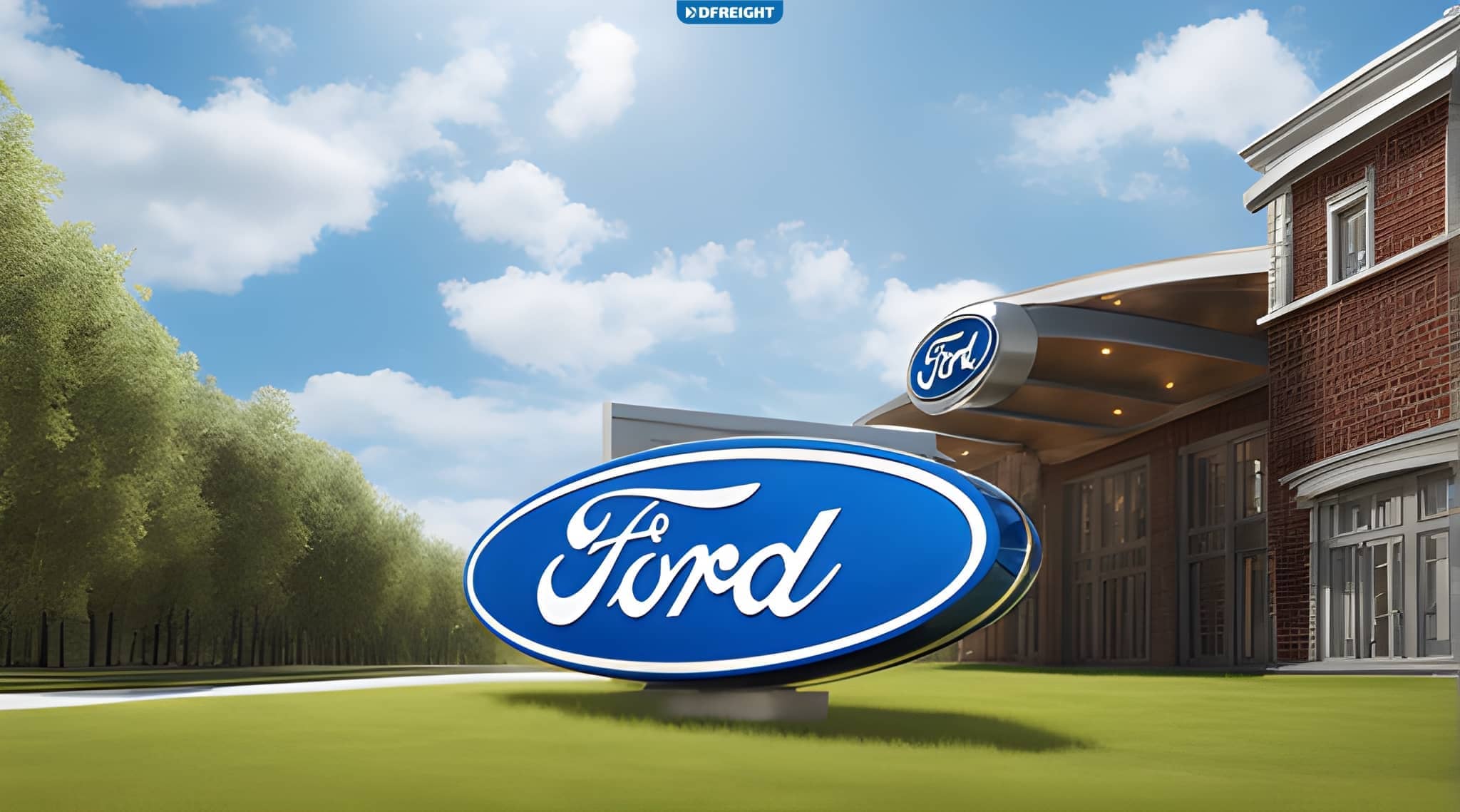In the world of making things and getting them to where they need to be, there’s something crucial working behind the scenes – it’s called a supply chain. This may sound fancy, but it’s a simple way of saying how things are made and delivered to us. In this article, we’re going to explore Ford supply chain.
Table of Contents
Ford Supply Chain Overview
To grasp the importance of Ford supply chain, we need to start with a quick look at its history, what it makes, and how it all comes together in its supply chain.
A Brief History of Ford
Ford is like a pioneer in making cars. In 1936, a clever inventor Henry Ford started it all with the Model T. This car was different because it was made on an assembly line, where workers added parts step by step. This made cars faster and more affordable so more people could own one. That’s how Ford became a household name.
What Does Ford Produce?
Ford doesn’t just make one type of vehicle; they make a whole bunch of them. They produce cars, trucks, and SUVs. So, whether you’re into sporty cars, tough trucks, or family-friendly SUVs, Ford has something for you.
The Basics of Ford Supply Chain
Now, let’s break down how Ford supply chain works:
- Suppliers: Ford relies on a network of suppliers from all over the world. These suppliers provide everything from steel for the car bodies to electronics for the dashboard. Ford works closely with these suppliers to ensure they get the right parts at the right time.
- Manufacturing: Once Ford has all the parts, they bring them together at their manufacturing plants. This is where the magic happens. Workers and robots work side by side to assemble the cars. It’s like putting together a giant jigsaw puzzle on a massive scale.
- Distribution: After the cars are built, they must get to the people who want to buy them. Ford uses a network of trucks, trains, and ships to move cars from the factories to dealerships worldwide. This way, you can visit your local dealership and find the Ford you like.
- Dealerships: This is where you come in. Ford dealerships are like the final stop on the journey. You can see, touch, and test drive the cars before deciding.
Each step in the Ford supply chain is carefully planned and executed to ensure you get the Ford vehicle you love. Understanding how it all comes together helps us appreciate the hard work that goes into making our cars and trucks.

How Ford Manages Its Supply Chain
Managing a complex supply chain like Ford’s requires careful coordination and smart strategies. Look at how Ford effectively manages its supply chain through inventory management, communication with suppliers, and technology and automation.
Inventory Management
Inventory management is all about keeping the right amount of parts and materials on hand without having too much or too little. For Ford, this is crucial because they rely on a vast network of suppliers to provide the components needed to build their vehicles.
- Just-In-Time: Ford often uses a “just-in-time” inventory system. This means they get parts from suppliers exactly when they need them. It helps reduce storage costs and ensures fresh components for assembly.
- Minimizing Waste: By managing inventory carefully, Ford can minimize waste. Too much inventory can lead to unused parts, while too little can halt production. So, it’s like a delicate balancing act.
Communication with Suppliers
Good communication with suppliers is like having a clear phone line in the supply chain. It ensures everyone is on the same page and can respond quickly to changes and challenges.
- Regular Updates: Ford maintains close relationships with its suppliers and communicates regularly. This helps them understand each other’s needs and plan for any changes in demand.
- Problem Solving: When issues arise, like delays or quality concerns, open communication allows Ford and its suppliers to work together to find solutions. This helps prevent disruptions in production.
Technology and Automation
Technology and automation are the secret ingredients that make Ford’s supply chain efficient and adaptable.
- Data Analysis: Ford uses data and analytics to predict vehicle demand. This helps them adjust production schedules and inventory levels accordingly.
- Robotics: Automation plays a big role in Ford’s manufacturing process. Robots help with welding and painting, making production faster and more precise.
- Supply Chain Software: Special software helps Ford track the movement of parts and vehicles across the supply chain. It provides real-time information, helping them make quick decisions.
Ford can manage its supply chain effectively by embracing technology and automation and maintaining strong supplier communication. This means they can build the cars you love efficiently while responding to market changes and minimizing waste. It’s like a well-tuned machine, where every part works together smoothly to create the Ford vehicles you see on the road.
Streamline Your Logistics with DFreight: Your Path to Efficient Shipping!
Understanding the intricacies of Ford supply chain helps us appreciate the dedication and precision that go into making the cars and trucks we love. As Ford continues to drive innovation and sustainability, we can look forward to a future where their supply chain plays a vital role in shaping the automotive landscape.
Optimize Your Dubai Shipping Experience with DFreight – Your Trusted Freight Forwarder!
What is the Ford supply chain?
The Ford supply chain is the system that manages the production and distribution of Ford vehicles, involving suppliers, manufacturing plants, and distribution networks.
How does Ford ensure the quality of its supply chain components?
Ford maintains strict quality control standards and collaborates closely with suppliers to ensure the quality and reliability of parts and materials.
What challenges does the Ford supply chain face?
Challenges include weather disruptions, global economic factors, and supply chain disruptions. These can affect the availability of parts and impact production schedules.
How does Ford embrace sustainability in its supply chain?
Ford incorporates eco-friendly practices, such as reducing waste and implementing green manufacturing, to minimize the environmental impact of its supply chain.
What role does technology play in Ford supply chain management?
Technology and automation are used for data analysis, robotics in manufacturing, and supply chain software to track parts and vehicles, ensuring efficiency and responsiveness.














